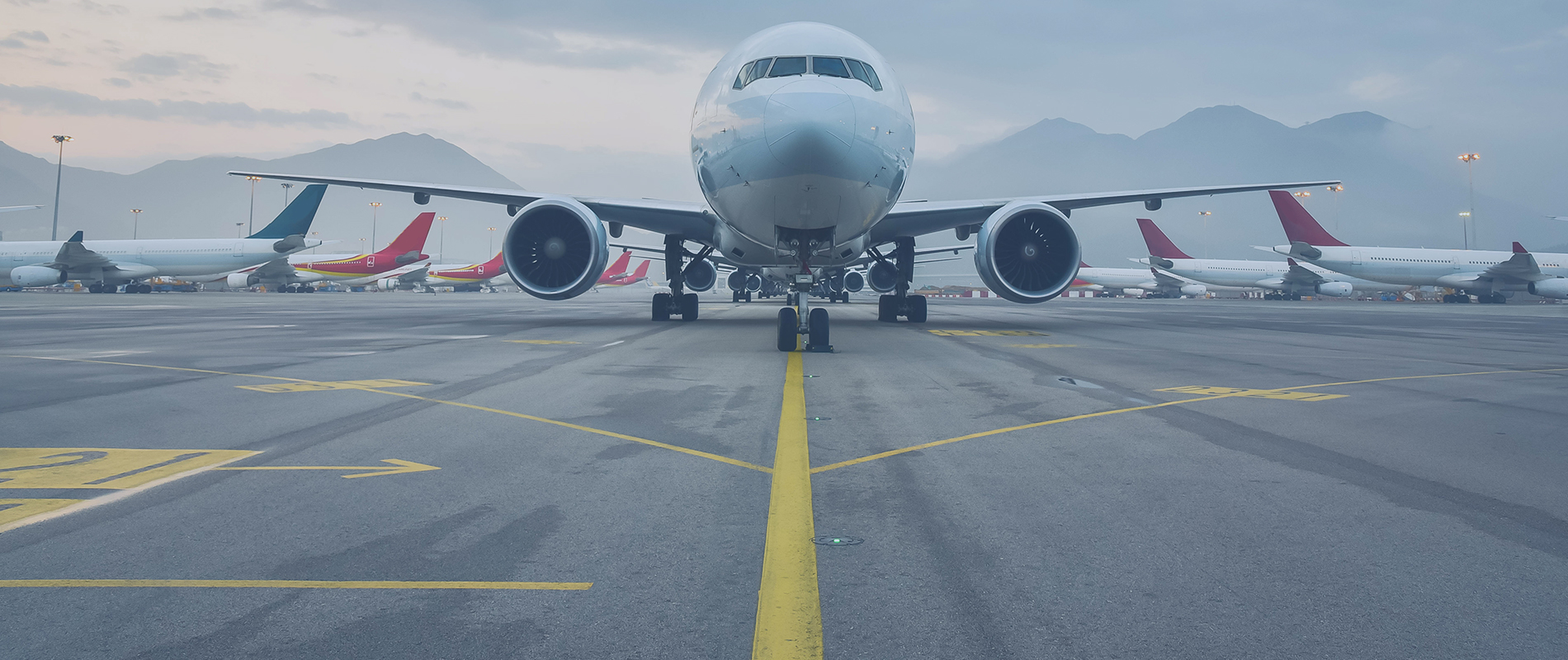COVID-19 has flipped airline contracting models on their head. In the new travel landscape volume-based models no longer exist simply because travel has been forced to a grinding halt. Add to this the fact that fares are expected to increase because fleet capacity is reduced and sustainability depends on inevitable alliances, it stands to reason that airlines must find creative new ways to add value to corporate travel clients.
The adage “adapt or die” has never been more apt and proof of this is the adaptability airlines have shown in navigating the tumultuous change. As an example, the wave of cancellations during COVID-19, forced airlines to waive change fees which have since been eliminated “indefinitely” on many fare types. Where flights were cancelled, most airlines issued travel vouchers for future use and this has also now become commonplace for new bookings too.
What does this mean for air programs? Supporting the need for travel plans to be changed with minimal financial impact and hassle will mean extending these flexible initiatives to travel clients to retain them.
Assessing your business travel needs
Ultimately you need to adapt your travel program to balance the changing priorities of your travellers with the business needs. But before you can think about how to approach your airline contracts this year, you will need to have a strong understanding of your company’s travel needs. Start with assessing the level of risk with preferred carriers. During this recovery period, some airlines may no longer have the capacity to fully service certain routes. Tracking these changes in service will be paramount in adapting the travel program and potentially seeking alternative suppliers.
Beyond savings, you can ask airline partners how they can contribute to mutual success. If necessary, add additional negotiation points around refunds, credits and vouchers – and advocate for fuel surcharge and distribution surcharge termination. You will need to work across business units to build a recovery path scenario and it will also be extremely important for travel managers to communicate shifting business priorities to all stakeholders.
Here a spend management checklist to help with your planning:
- Request air refunds
- Analyze your data based on 2019 volumes and adjust for a reduction (recommended 40%)
- Prepare for supplier negotiations and timeline (upon travel return)
- Measure your current environmental footprint with suppliers
- Assess level of financial risk with suppliers
- Understand what your supply is doing to address health and safety
- Refresh travel intranet content and navigation
- Use social communities to share information
- Communicate supplier changes – including health and safety criteria – to travellers
- Review corporate insurance cover to check relevance and renegotiate if necessary




